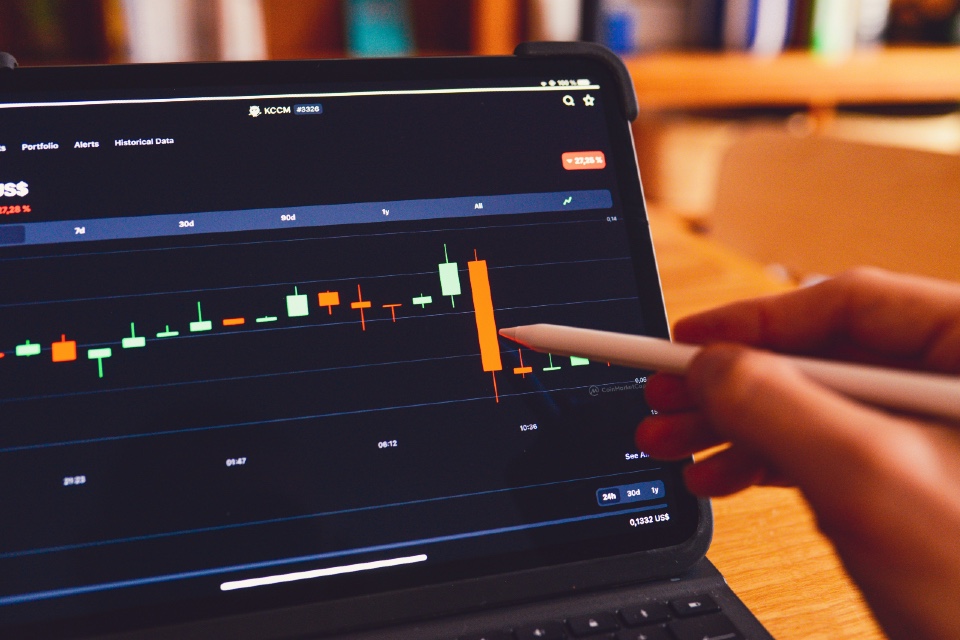FRAUD DETECTION MONTH: Identifying vulnerabilities in UK online retail

For senior e-commerce and payments security professionals, vigilance is paramount. The ever-evolving landscape of cyber threats necessitates a proactive approach to identifying and mitigating vulnerabilities. This article explores strategies to conduct a thorough internal risk assessment, helping you fortify your online store’s defences against fraudsters… Why Internal Risk Assessments Matter: While external penetration testing uncovers exploitable weaknesses from a […]
The Costs of Inaction: Why sticking with outdated SAP systems is risky business

In business technology, the SAP systems that once drove efficiency and innovation within industries can become outdated as the demands of businesses evolve over time. Originally implemented as cutting edge solutions in their day, these systems may now only be seen as ‘fit for purpose’, or ‘getting the job done’ in the present. Choosing to […]
If you specialise in Anti Fraud Platforms we want to hear from you!

Each month on Fraud Prevention Briefing we’re shining the spotlight on a different part of the market – and in August we’ll be focussing on Anti Fraud Platforms. It’s all part of our ‘Recommended’ editorial feature, designed to help industry buyers find the best products and services available today. So, if you specialise in Anti Fraud Platforms and […]
Moody’s study highlights Entity Verification as critical for risk management

Organisations face greater challenges to understand who they do business with amid rising risks and evolving regulations, according to a new Moody’s survey and interviews with senior risk and compliance professionals. Moody’s study found that Entity Verification – a data-driven process that helps verify and authenticate the credentials of each entity a firm onboards or […]
Fraudulent UK banking transactions to total 38 million over next five years

A study from Juniper Research asserts that the number of fraudulent banking and money transfer transactions in the UK will increase 111% over the next five years, from 4.2 million in 2024 to 8.8 million in 2029. Despite the UK being one of the most technologically developed FDP (Fraud Detection & Prevention) markets, it anticipates additional measures, such […]
FRAUD DETECTION MONTH: How to select excellence in a sea of vendors

As a seasoned anti-merchant fraud professional, you understand the ever-evolving landscape of financial crime. Equipping your organisation with the right fraud detection solutions is crucial for safeguarding your business and customer trust. But navigating the sea of vendors and promises can be daunting. Here are some top tips to help you source trusted fraud detection solutions for your […]
Join these first class organisations at the Fraud Prevention Summit

Can you make the date to join us at the Fraud Prevention Summit? This unique event will allow you to network with peers, meet with leading suppliers & enjoy a series of seminar sessions. Wednesday, 6th November 2024 | Hilton London Canary Wharf As a fraud professional, you can attend for FREE – Secure your place here. Add your name to the guest list HERE, […]
Aviva reveals huge spike in car insurance fraud

Aviva reported a 39% increase in the number of claims declined as a result of fraud in 2023, uncovering more than 11,000 suspect claims worth £116m – the equivalent of 30 bogus claims a day with a value of £318,000. The company says it’s investigating a further 13,100 claims for suspected fraud. Fraudulent motor insurance […]
FRAUD DETECTION MONTH: How the latest tools are helping to shield the bottom line

Fraudulent activity is a persistent threat for both retail and banking sectors in the UK. Anti-fraud professionals are constantly on the lookout for innovative solutions to combat ever-evolving scams and safeguard customer funds. The landscape of fraud detection is experiencing a significant shift, with technology playing an increasingly crucial role in mitigating financial losses and protecting consumers… The […]
Research: European businesses ‘unprepared for increasing cyber attacks’

A Cloudflare study has revealed that 64% of business leaders, including the retail and financial services sectors, expect a cybersecurity incident in the next 12 months, but only 29% feel highly prepared to defend against them The report, called “Shielding the Future: Europe’s Cyber Threat Landscape Report” shares the latest data on how organisations are coping […]

